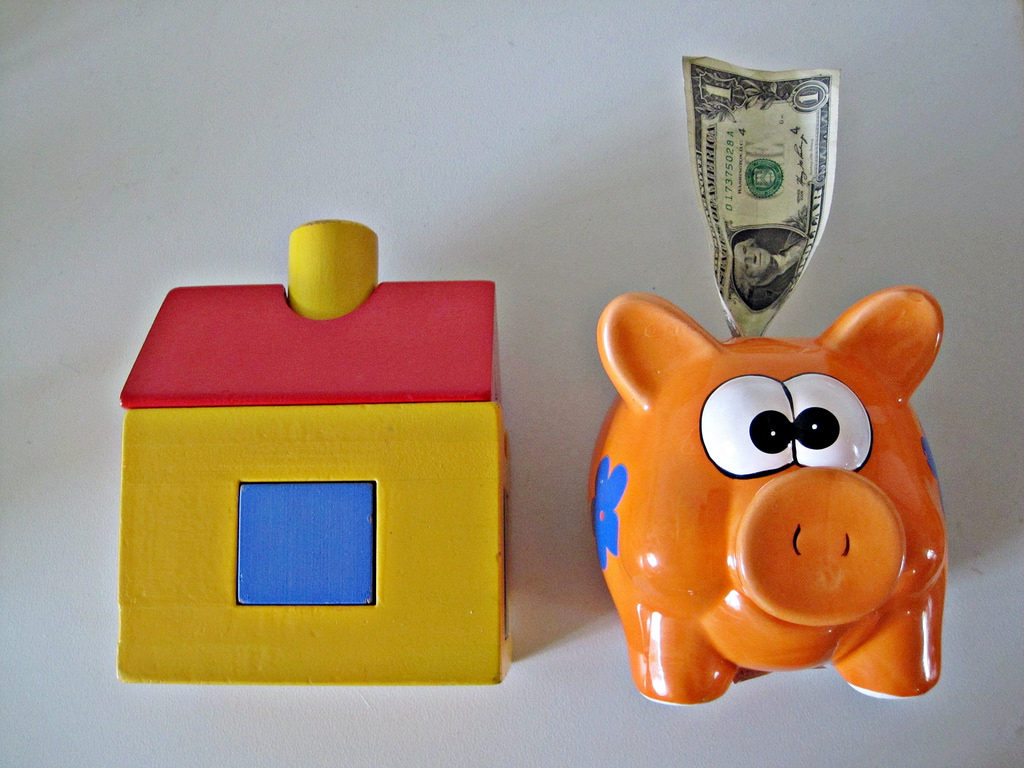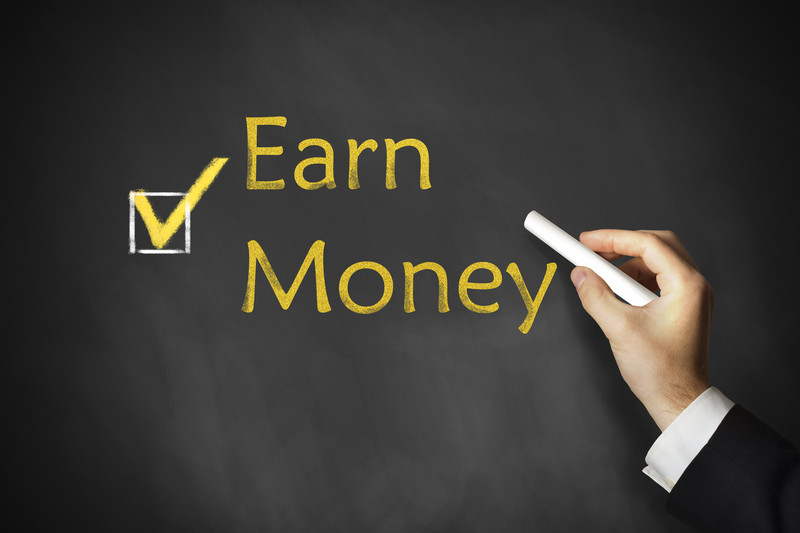
Image Source: Pexels
Few things in this world compete with the grandiose feeling of luxury owning a diamond can give you. They are a beautiful addition to any jewelry collection, as they symbolize eternity. And, of course, they are the traditional engagement ring stone that every woman dreams of. Unfortunately, this is also why many imitations exist.
Whether you are planning to buy your first gem, or already own a few and want to expand the collection, it’s important to know how to test diamonds. And because not everyone is a certified gemologist, there are some methods you can apply at home as well. Here is what you need to know on the topic to get started.
Diamond Authenticity Guide
According to the Gemological Institute of America, a diamond’s value is assessed by considering the 4Cs. These are cut, color, clarity, and carat weight. This helps establish the rarity and worth of the gem, as well as a price range for its purchase. Nevertheless, specialized instruments and a deep understanding of diamonds at an atomic level is necessary for this.
For this reason, the best way to determine if your diamond is the real deal or a well-crafted fake will always be to consult with a gemologist. An expert is the only one who can clearly determine what you’ve got on your hands. Still, if you want to evaluate it pseudo-professionally yourself, you will need an instrument that is widely available on the market.
Business Insider recommends a jeweler’s loupe for this purpose. You can buy one in just about any jewelry store, or order one online off of Amazon. Because it is nothing more than a magnifying glass, it will usually retail for under 10 dollars a pop. Take a close look at the stone? Does it have any imperfections?
Natural mined diamonds always present irregularities in their carbon structure. If the gem you possess is perfect on the inside, it might be fake. However, lab-grown diamonds are flawless as well, so you can’t be too sure by considering only this factor. Observe the way it reflects light as well. If it has a rainbow on the inside, then it’s certainly not authentic.
If you are after a more reliable appraisal conducted by something else than your naked eye, then it might be time to invest in a reliable diamond tester. Something like the Presidium Diamond Mate Tester or the Luckystone Jewelry Diamond Tester Selector II Tool LED with integrated jewelry loupe will get the job done for sure.
We recommend the former, as it has a better quality system integrated, which is reflected in the price. Still, if you are willing to spend thousands of dollars on a stone, then buying a 100-dollar tester certainly won’t break the bank for you. And if you don’t want to invest in tools, then you can also try some homemade tests.
Diamond Testing at Home
There are several DIY tests you can try at home or on the spot if you don’t want to evaluate your diamond expertly quite yet. The most common one is the breath test. Because diamonds disperse heat almost immediately, an authentic gem won’t stay cloudy for too long, but a fake one will. Cubic zirconia, for example, remains foggy for quite a few seconds after.
You can also try placing the stone in a glass of water if you have a loose one. Because of their high density, genuine diamonds sink to the bottom, while most simulants float. An unconfined gem can also stand the newspaper test. If it is legitimate, then you won’t be able to read the print through it, as it refracts light like crazy.
Finally, there is the scratch test. This can be understood in two distinct ways. On the one hand, you can take the diamond and try to scratch a piece of glass with it. If the surface remains untouched, then it is a counterfeit stone. Due to their perfect score on the Mohs hardness scale, real diamonds can cut through just about any material.
On the other hand, you can take a piece of sandpaper and rub the diamond with it. If it scratches, then it’s a replica for sure. However, this method is rather unsafe, as it can damage the setting of the stone. At the end of the day, you are better off consulting a specialist on the matter. He or she will give you a definitive answer in the shortest time possible.
The Bottom Line
Assessing the authenticity of a diamond is best left to the experts. There are quite a few tests you can perform by yourself, but their results aren’t always accurate, as they are open to interpretation from many sides. Therefore, if you own a gem and what to have it appraised, get in contact with a certified gemologist. He or she will always know best.


